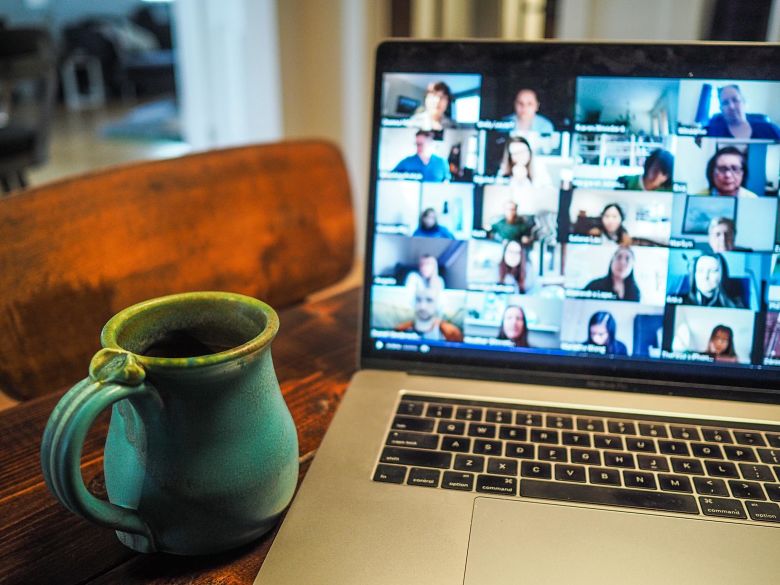
Remote interpretation has come into our lives, and it’s here to stay. The Covid-19 pandemic has been key in a new conference-interpretation technique getting a foothold in the market in just a few months.
At LocalizationLab we’ve been at the cutting edge right from the start. We’ve increased our expertise and the quality of service we provide. That means we can now offer top-quality, remote interpretation and technical support for meeting platforms.
Advantages of remote interpretation
- The main advantage of remote interpretation for a client is that they can conduct many more meetings than before, because there’s no need to spend money on:
- travel
- accommodation
- or food.
This allows a greater number of organisations to invest in a high quality, remote, interpretation service.
- There are also hybrid solutions, where part of the speakers, audience and/or interpreters join the meeting from the office, and another part (some of the speakers, audience and/or interpretation team) join the meeting remotely.
Platforms
- Generally speaking, remote interpretation takes place via online meeting or conference platforms, such as:
- If a client doesn’t use any of these platforms, we can offer a range of efficient applications to externally integrate remote interpretation services with virtual meeting platforms, such as Teams or Webex. In the last example, the meeting participants can follow simultaneous interpretation through a tab on their browser, such as Chrome, or with a smartphone, using the corresponding app. Our interpreters, who always have extensive online experience and proven expertise as translators, can connect from their homes (for reduced teams, using one or two languages) or from hubs specially designed for remote interpretation (for large teams, using more than three or four languages).

Remote interpretation requires interpreters, and also the people in the meeting, to focus their attention more and concentrate harder than for on-site interpretation. That’s because they need to focus on a screen without a break for longer than normal. At the same time, although sound quality has improved greatly across all platforms, greater listening skills and effort are required to follow the speaker. This has the effect of increasing stress levels, as well as necessitating a greater effort to focus in order to understand the speaker. Add to this that the people speaking might have problems with their internet connection or could be speaking without using a microphone.
Recommendations for remote interpretation:
- Online meetings with remote interpretation should be shorter and with frequent breaks to prevent tiredness and stress from negatively affecting communication.
- Speakers should connect to the internet with an Ethernet cable from their computer.
- Speakers should use headphones with an integrated microphone.
Clients also rely more on the interpretation service provided when they participate in remote meetings. Although they might have a fair understanding of the speaker’s language, the sound levels often make it easier to listen to the translation. The high-quality expertise of interpreters has never been so important.
In addition to specialist interpretation via virtual interpretation platforms, at LocalizationLab we also offer technical support. This means that, as well as preparing the platform for the client’s requirements (length of meeting, cloud or on-site recording, waiting room, chat, number of attendees, online surveys, streaming, number of languages for which interpretation is provided, etcetera), the meeting organisers are also designated a person who ensures that the interpretation service, management of the speakers and the technical aspects of the platform work correctly at all times throughout a meeting.
Providing technical support offers a professional and efficient guarantee to ensure the following are implemented properly:
- using microphone protocols (turning microphones and video camera on and off);
- ensuring presentations or videos run when they’re supposed to;
- overseeing online surveys;
- managing and moderating chat or question and answer session;
- presenting the screen layout as speaker view or gallery view;
- cloud recording and managing of simultaneous streaming of the meeting on Facebook or Youtube.
At LocalizationLab, we have a scalable platform solution for any type of requirement, allowing our clients to make the most of a premium, turnkey, remote, interpreting service, with technical support, for large or small meetings, that are fully remote or hybrid, and that require many or only a few languages.
